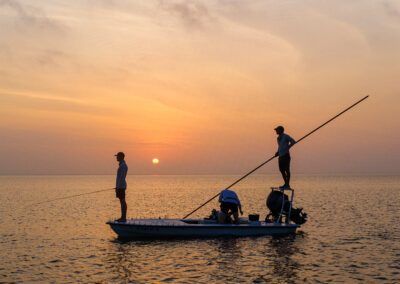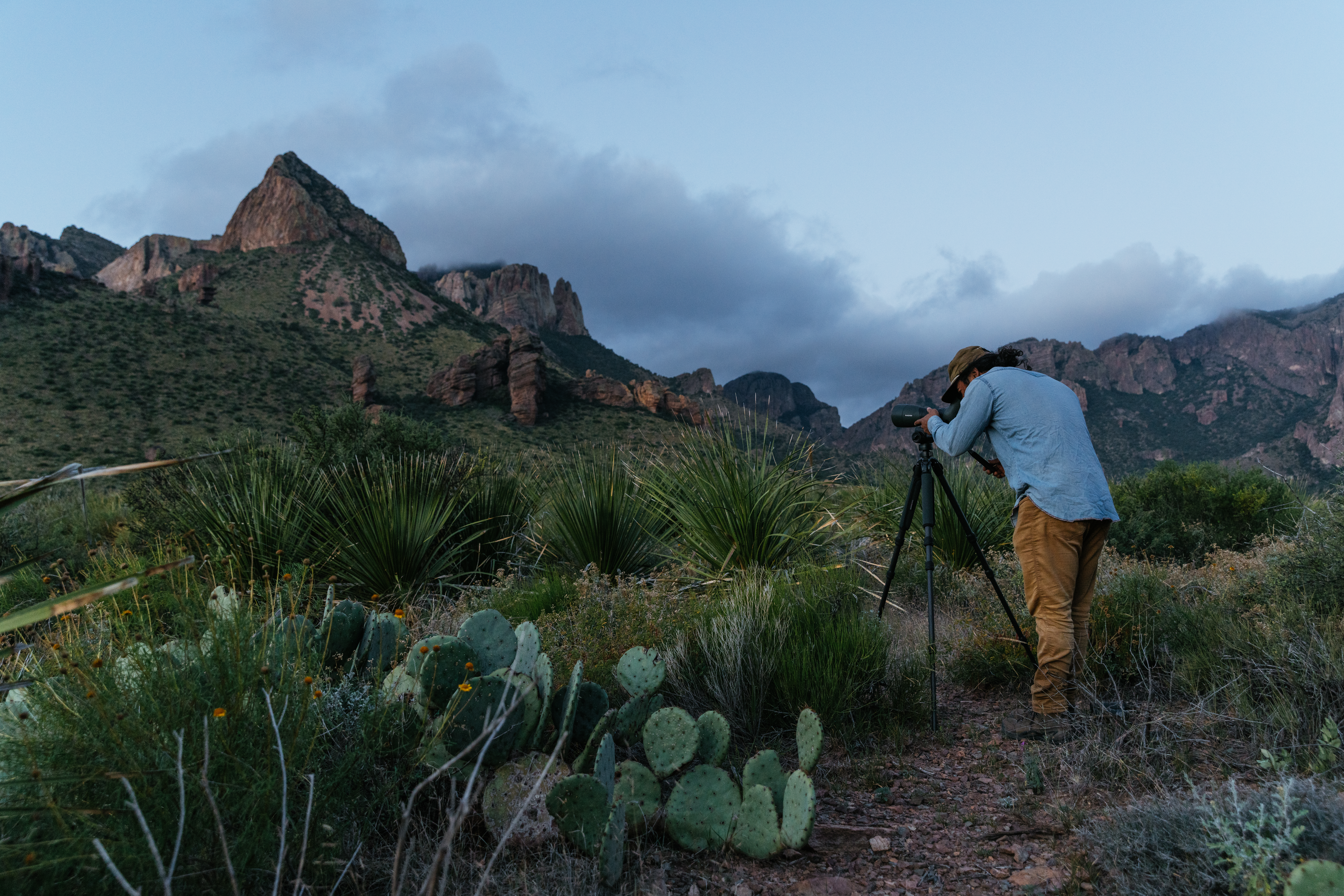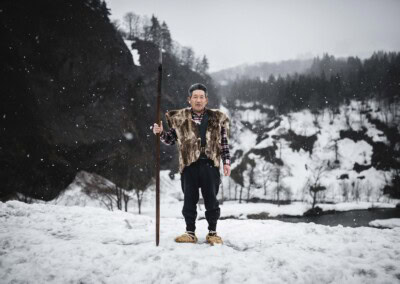Your cart is empty
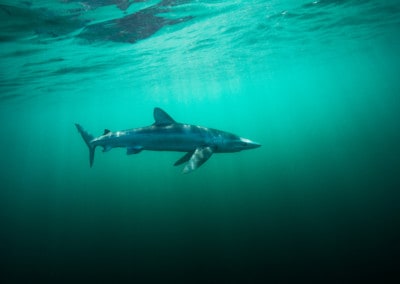

Chris and I first met on a trip to Alaska back in 2015 to work on a project that celebrated Denali National Park’s centennial. Thanks to a now close friend, mentor, and former Denali National Park mountain ranger, we had the opportunity to drive a private vehicle into the park, explore some of the area’s most remote corners, witness the northern lights with bellies full of wild picked blueberries, and even spend the night in Adolf Murie’s log cabin on the banks of a wild river where he conducted his landmark research on the wolf ecology that transformed the way society saw and came to understand the important role wolves play in ecosystems across the globe. To put it lightly, that trip to Alaska trip was epic, transformative on a cellular level and shaped my view of conservation and wilderness in a deep way. Following our trip, Chris and I became close friends, having worked on various projects and now diving into a multi-year book project, Why Wilderness, which aims to explore the notion of wilderness in today’s rapidly changing and urbanizing world. His passion for adventure and storytelling is contagious. His approach is illuminating and his mentorship has been invaluable.
Chris and I sat down to dive into his relationship with public lands, conservation and how his craft has inspired millions of people to get outside. It’s that first step out the front door that has the power to sprout the next generation of stewards we need now more than ever.
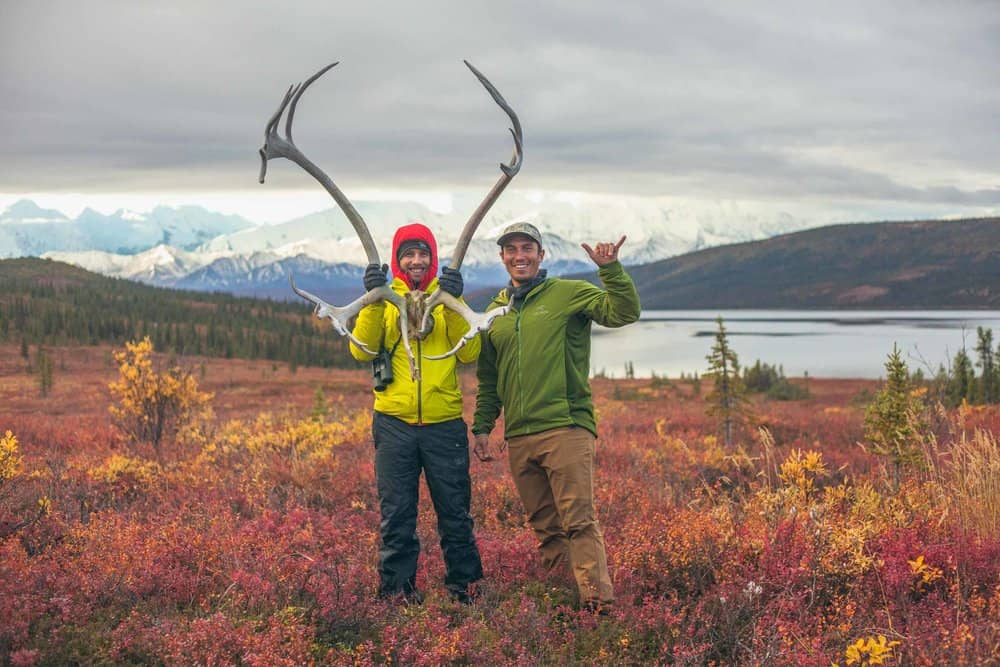
Charles: What is your relationship with public land? What do they mean to you, and how did this whole love affair start off?
Chris: Well, it’s interesting because I grew up in the Southwest, and as a young person I thought Northern California was the most exotic place I figured I would ever travel to. Ever. That was pretty much it for me. Never had a passport. Never really went anywhere, and I guess I didn’t quite understand at the time when I was growing up, the value that these places — national parks and BLM — were public land. I had no clue. I just thought, “Oh, these are the sweet places that we get to go experience, and just have fun.”
I think it took me a little bit of time to really digest that. As I got older, I realized that these places that I’m drawn to, working in, and am inspired by, have been set aside for our use, and we own them, in fact. We’re also the ones that are kind of in charge of protecting them.
Overall, it was a huge eye-opener for me to realize and consider that we all have a responsibility to, in some way, protect them because they’re not going to protect themselves. That’s the biggest shocker, that we all start to realize pretty quickly. It’s like, “Oh, well these aren’t places that politics or politicians are going to necessarily protect.” You would hope they would, but the reality is it’s probably not going to happen.
I think we’re all kind of put to the charge of understanding the risks and what’s at stake, especially over the last couple of years. It’s easy to think, “Oh, that would never happen; that place would never lose its National Monument status,” or “Nobody would ever compromise Iceland’s wilderness for aluminum smelters.” They will and that will happen. It is happening, and it will continue to happen if we don’t do anything about it.
That’s what I’ve realized. “I can’t just sit back and hang out and wait.” This is kind of a big deal, and it’s a big topic that I think every person who wields a camera, or who uses social media, or who in some way hopes to share their experience and needs to address and talk about at times if they’re so willing. I’ve learned that even though I work in these environments — I may have a more vested interest than others because it’s my workplace too — I feel very passionate about protecting them.
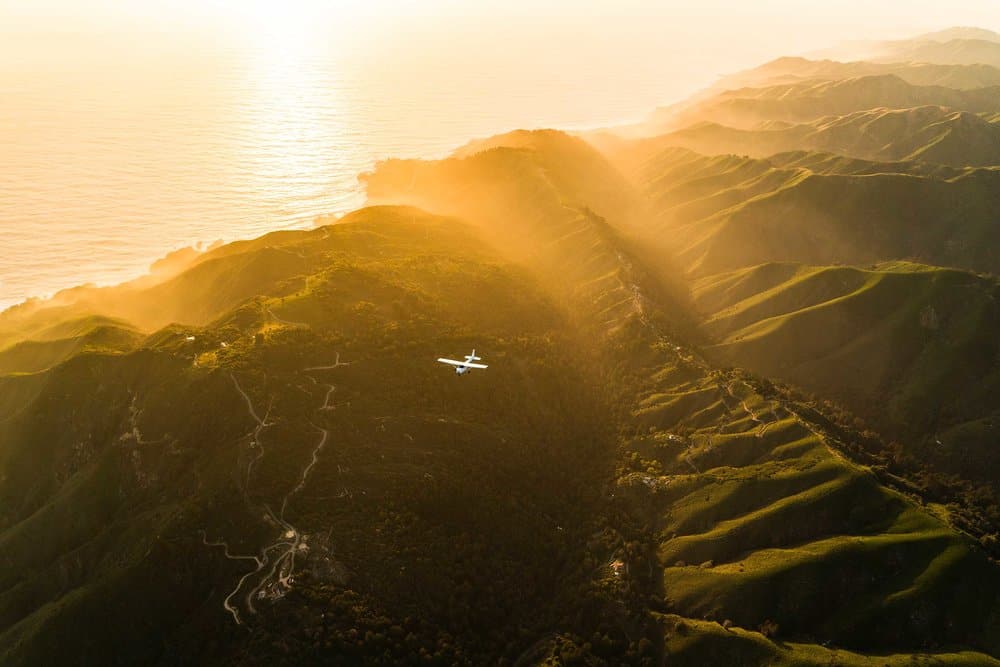
If there’s one thing that I’ve realized it’s that politically, we’re in an environment and landscape where we seem to build more walls than bridges.
Charles: How would you say public lands affects you on a personal level?
Chris: I think public lands give us all respite from our chaotic lives. This is where I, especially over the last couple years, have spent so much time on the road, working, living. I’ll tell you what, the place that I feel the most inspired, the most at peace, is on the weekends when I’m able to go escape to Yosemite Valley. That’s a huge deal for me.
This is where I gather my inspiration. It’s a really important thing that I found as a kid who, like I said, didn’t have a chance to grow up with these experiences. For me, that was everything. I felt like I was learning about myself and about wilderness.
That was what first really drew me to public lands, and made me feel the need and desire to want to spend time there and work there, and make it a big part of my life. But like I said, to each person, it’s personal. To each person it’s a little different. Why are we drawn to these locations? Why do we want to spend time there? Why do we care? I think we all find different answers.
Charles: In your opinion, why do these public lands need to be treasured and stewarded? What’s the reason?
Chris: I’ve literally met people who would say their lives have been changed by going to locations that they at first thought were overwhelming or scary, and after spending time there they were changed forever. Whether it’s Iceland or whether it’s remote Alaska, the impact these places have and offer is something I take really seriously. The ability to change someone’s perspective, to go somewhere they may not have ever gone before. What an amazing tool that we have for inspiration, to change the world, to allow people to break beyond the bonds of what they originally thought they were capable of.
For me, that understanding has been really significant, and something that I don’t take lightly. That potential is something I really care about and love, and I want to cultivate that reverence for nature in other people so they can fall in love with those places. I think our society is moving more and more towards cities. Right? It’s easier to live in a city. That’s where society is moving. Everything is increasingly set up for that shift, and I think that more and more we’re going to need to preserve wild places.
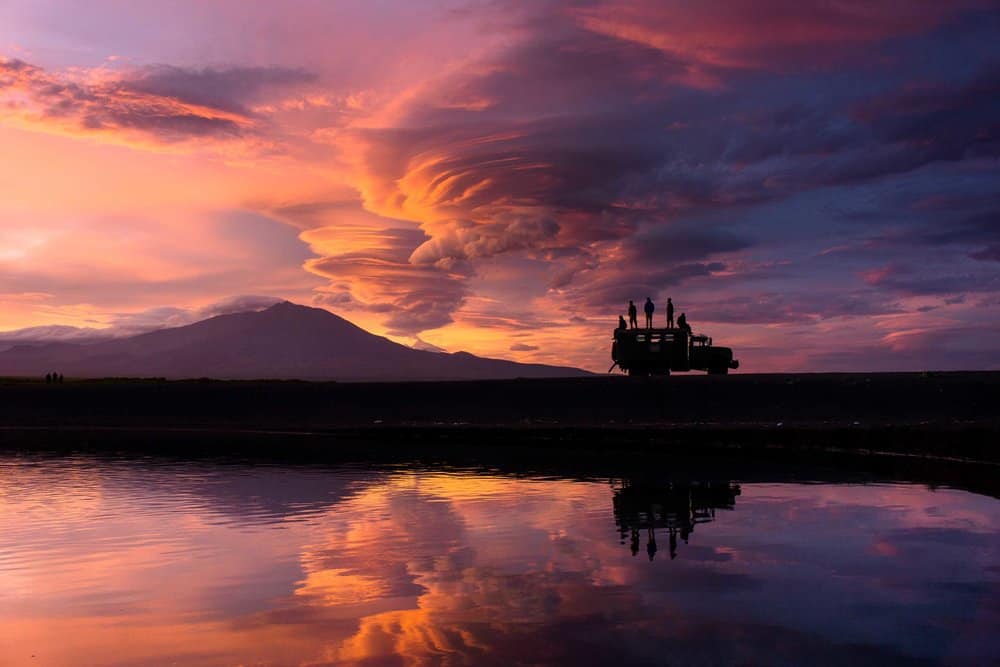
Charles: I know Ansel Adams is one of your heroes. Why? And what did he do that really inspires you?
Chris: Ansel was an incredible photographer. But even more than that he understood the power and importance of his voice, and what he had to do to help people connect with nature. He understood that photographs were important, but even more important was the fact that he had to learn to express himself, learn to utilize his voice, and learn to utilize his opportunities to photograph national parks, and be an unwavering advocate. He had to use his craft, voice and platform as a means to preserve, promote, and save the places that he cared about.
The way he started to do that was to create awareness. One of the biggest topics that you and I can talk about is this concept of awareness. I’m using the word “awareness” in lieu of social media, because we all know that there are other ways beyond just social media to create awareness of public lands and the outdoor world.
For him [Ansel], it was all about creating awareness: creating awareness for Yosemite National Park, for wild landscapes, and public land. That’s what John Muir did, too. John Muir, as much as he was an environmentalist was also a lobbyist, and he lobbied for Yosemite to become a national park. That’s how Muir was able to get President Teddy Roosevelt to experience Yosemite. That’s what secured its status and future as a National Park.
I think that the beauty in Ansel’s legacy is that his images were one portion of his talent, his skillset. The other was learning to express himself: learning to write, lobby, and speak. I think that’s something that I’ve really been impressed with. They’re important skills to keep in mind when considering the birth of a potential conservationist or environmental advocate. Where does that start? I’ll tell you what, the first thing I thought when I picked up a camera wasn’t, “Oh, I’m going to care about the environment.”
No, I just wanted to travel, and that’s totally fine. I don’t think that everybody who picks up a camera has to have some altruistic goal in mind. But at a certain point, I think that you learn to feel a sense of responsibility to protect these wild places, and that’s really, really important.
To read the rest of this interview and more stories like it,
you can purchase Volume Two in the link below.
Related Stories
Latest Stories
